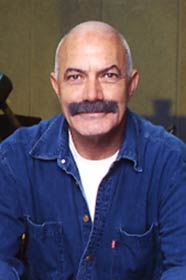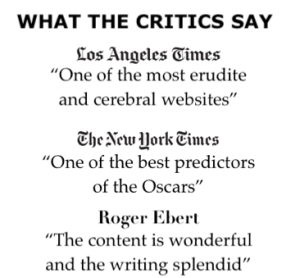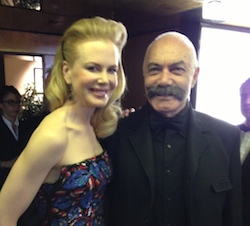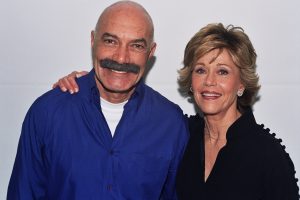Themes and style
Among the central themes explored in The Birds are those of love and violence. The representation of the birds in the film constantly changes to reflect the development of these themes, and the story itself. At first, the lovebirds in the pet store signify the blossoming love between Melanie and Mitch, and the sexual tension between the two.
However, the birds’ symbolism changes once they begin to attack Bodega Bay. Hitchcock stated that the birds rise up against the humans to punish them for taking nature for granted.
Scholar Camille Paglia interprets it as an ode to the many facets of female sexuality and, by extension, nature itself.
She notes that women play pivotal roles in it. Mitch is defined by his relationships with his mother, sister, and ex-lover—a careful balance that is disrupted by his attraction to the beautiful Melanie.
Complacency
The major theme is complacency.
When first met, each of the major characters shows infinite capacity of self-absorption.
Tippi Hedren’s bored socialite, engaged in some practical jokes.
Rod Taylor’s self-righteous lawyer flaunts his arrogant sensuality,
Suzanne Pleshette, his ex-fiancée, wallows in self-pity.
Jessica Tandy, his possessive mother, cringes from her fear of loneliness.
With such complex and self-absorbed characters, the audience might identify with the point of view of the birds–or the inhuman point of view.
Style
Montage editing and slow pacing are used to build suspense and elicit greater emotional response from the audience during the attack scenes: “The pattern of The Birds was deliberately to go slow.”
This is manifest in the scene where the birds gradually gather outside of the school, while unobservant Melanie sits and waits on the bench. The camera then cuts between her and the increasing number of birds that swoop down onto the jungle gym behind her until they finally attack.
Eyeline matches and point-of-view (POV) shots encourage audience identification with particular characters and their subjective experiences. This is achieved by cutting between the character and the object of their gaze. For example, when Melanie crosses the bay near the beginning of the film, the camera cuts between close-ups of her face and shots of the Brenner house from her perspective, as she watches Mitch fall for her prank.
The focus on editing and visuals rather than dialogue is also an element of pure cinema that Hitchcock largely uses throughout his work.










